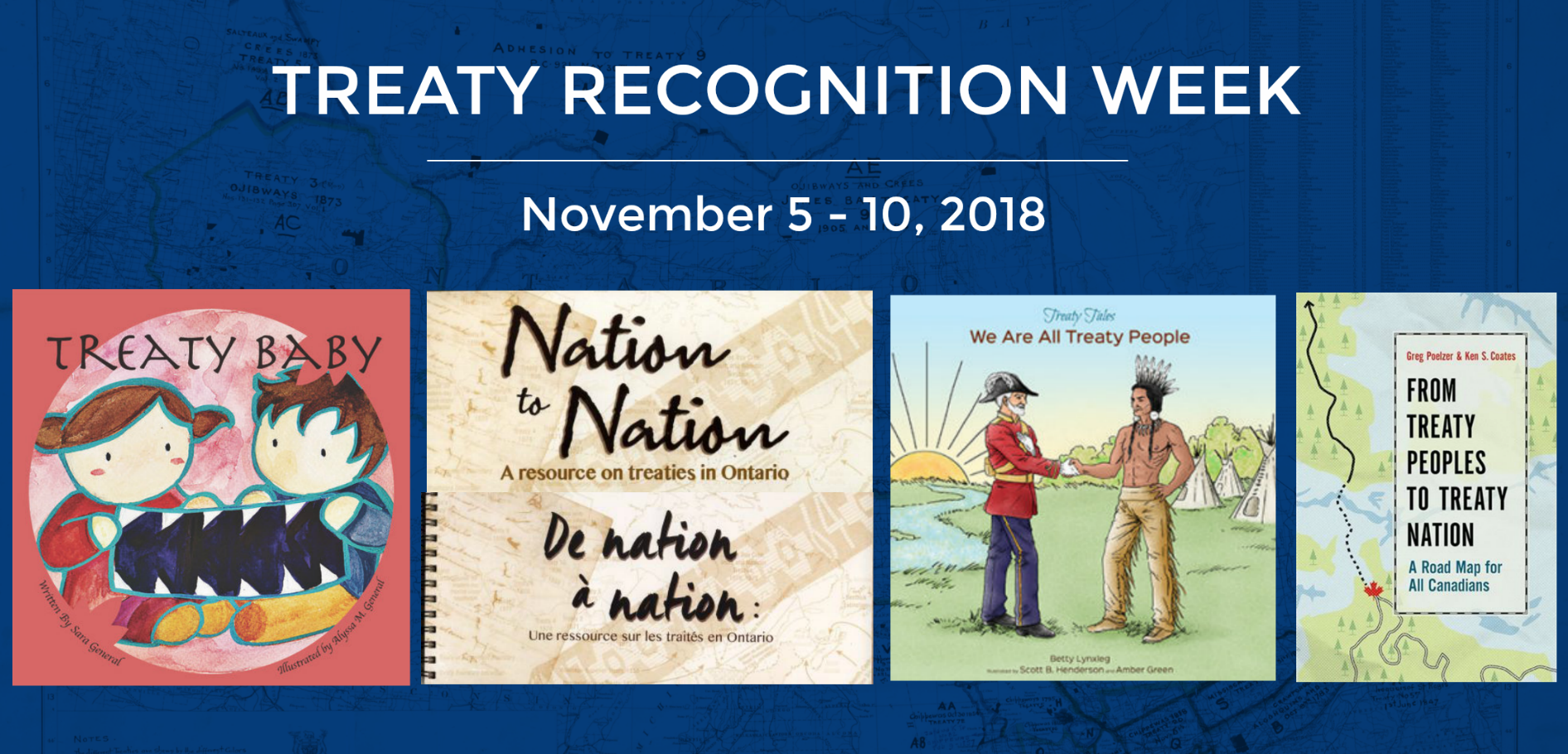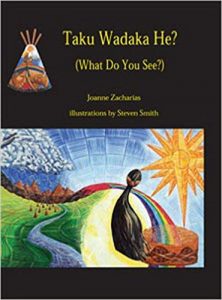 Taku Wadaka He? (What Do You See?) by Joanne Zacharias, Illustrated by Steven Smith
Taku Wadaka He? (What Do You See?) by Joanne Zacharias, Illustrated by Steven Smith
This beautifully illustrated story is about the culture of the Dakota people, and the bonds that form between a grandfather and granddaughter as they explore the hidden images within tipi art. Central to the story is a tipi decorated with images that are important to the Dakota people. Throughout the book, each image is taken from the tipi and featured in a different work of art that highlights the image’s significance to the grandfather within the context of the Dakota culture.
The book is written in the Dakota language, and contains English translations on each page. A dual-language glossary at the front of the book also translates words that are important to the story. This book can be used to teach the importance of Indigenous culture, language, and generational memory.
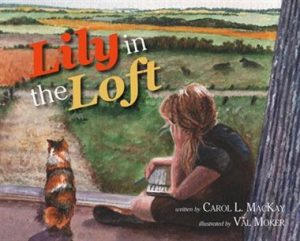 Lily in the Loft by Carol L. MacKay, Illustrated by Val Moker
Lily in the Loft by Carol L. MacKay, Illustrated by Val Moker
Frances is an aspiring writer who spends many afternoons tucked in her barn loft, filling notebook after notebook with poems and stories. When she notices that her local prairie newspaper has a young-writer’s section – the Young Co-operator’s Club – Frances dreams of having her poetry published, but she is worried about whether the editor will like her poems. With the encouragement of her mother and aunt, Frances adopts the pen name “Lily in the Loft”, and mails her poetry to the paper. As she waits to hear back from the editor, Frances learns to address her fear of rejection, and to take pride in her writing.
This heartwarming story is based on the history of the Canadian newspaper The Western Producer, and the author’s experience of submitting to real Young Co-operater’s club as a child. This book serves as an excellent introduction or tie-in to learning about the Canadian prairie. The illustrations of farm life will captivate older elementary students, who can also enjoy Frances’ poem featured at the end of the book.
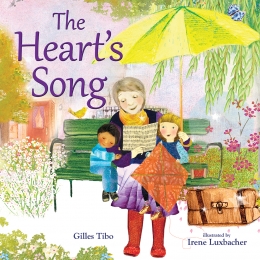 The Heart’s Song by Gilles Tibo, Illustrated by Irene Luxbacher
The Heart’s Song by Gilles Tibo, Illustrated by Irene Luxbacher
With her trusty toolbox and her emotional wisdom, Miss Matilda can mend everything from broken toys to broken hearts. Each day, she wakes to the songs of her canary and then walks to the park, where children can ask for her help all day long. When Miss Matilda’s canary passes away, it is up to the children to comfort their hero. This picture book teaches children to identify and to address difficult emotions including sadness, loss, and grief, and is best suited for kindergarten and younger elementary students. Themes of friendship and comfort combined with colorful illustrations give the book a positive and uplifting tone.
A Different Game by Sylvia Olsen 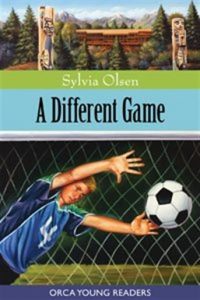
In this sequel to Murphy and Mousetrap, the Formidable Four – Murphy, Danny, Jeff, and Albert – prepare for soccer tryouts at their new middle school. The four boys are easily the best players from their reserve, but they are all secretly worried that Albert, their offense star, will be the only one to make the team. But when Albert has a terrible tryout, he not only misses the cut, but becomes mean to his friends and stops going to school. When the other boys find out the reason for Albert’s behaviour, they must come together to support their friend. This chapter book is suited for children 8-11, and sports fans will especially enjoy the soccer games and practices that propel the story.
Middle Row by Sylvia Olsen 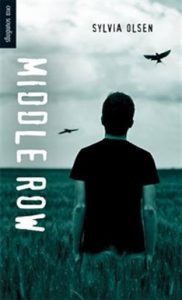
In this exciting young adult novel, Vince and Raedawn challenge the racial boundaries in their communities when they start to date. When their friend Dune goes missing, the Vince and Raedawn are convinced he is in trouble, and turn to the authorities for help. In their race to find Dune, Vince begins to feel some of the discrimination that Raedawn and her First Nations peers experience all to frequently. In order to save his friend and his relationship, Vince must learn to confront racism in his family, school, and community and to stand up for what is right. Driven by mystery and action and written in a clear, concise tone, the novel is a quick read for older middle school and high school students.

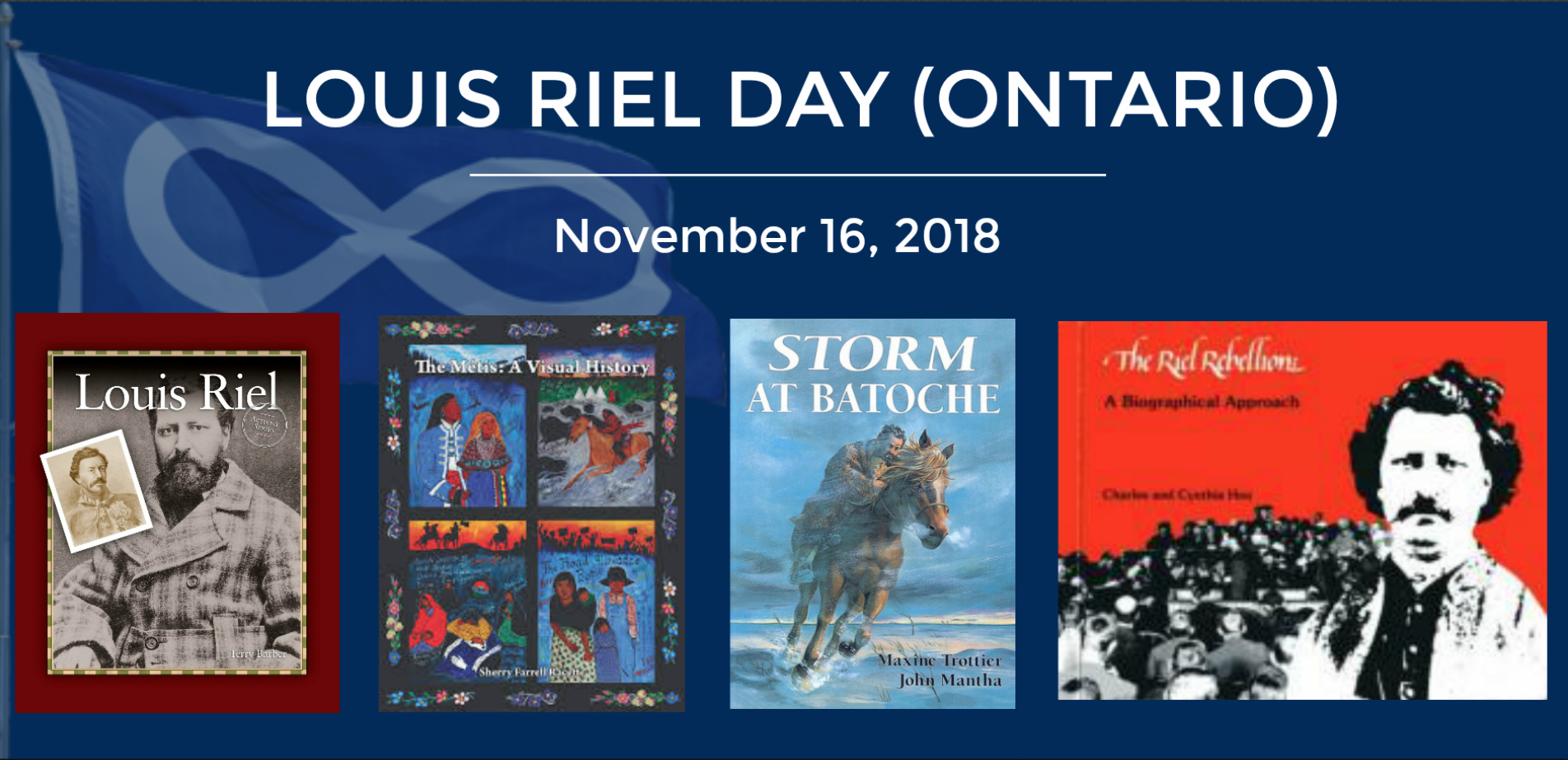
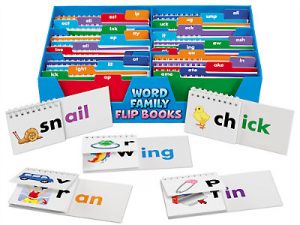
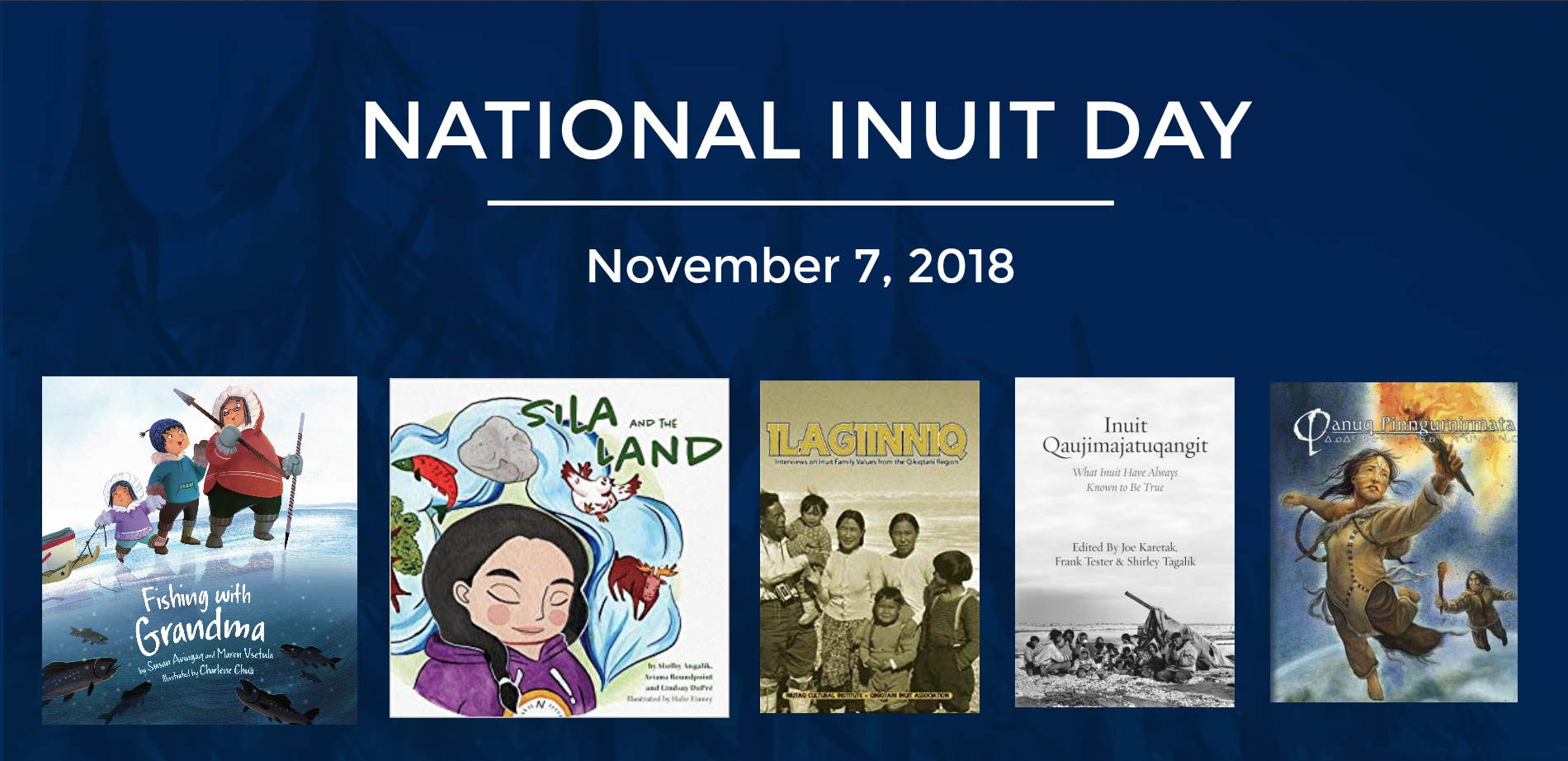 In honour of National Inuit Day on November 7, OISE Library has compiled a few of the resources available in the collection about Inuit stories, lives and culture. National Inuit Day falls within Indigenous Education Month, and this post is part of our celebration of this month.
In honour of National Inuit Day on November 7, OISE Library has compiled a few of the resources available in the collection about Inuit stories, lives and culture. National Inuit Day falls within Indigenous Education Month, and this post is part of our celebration of this month.